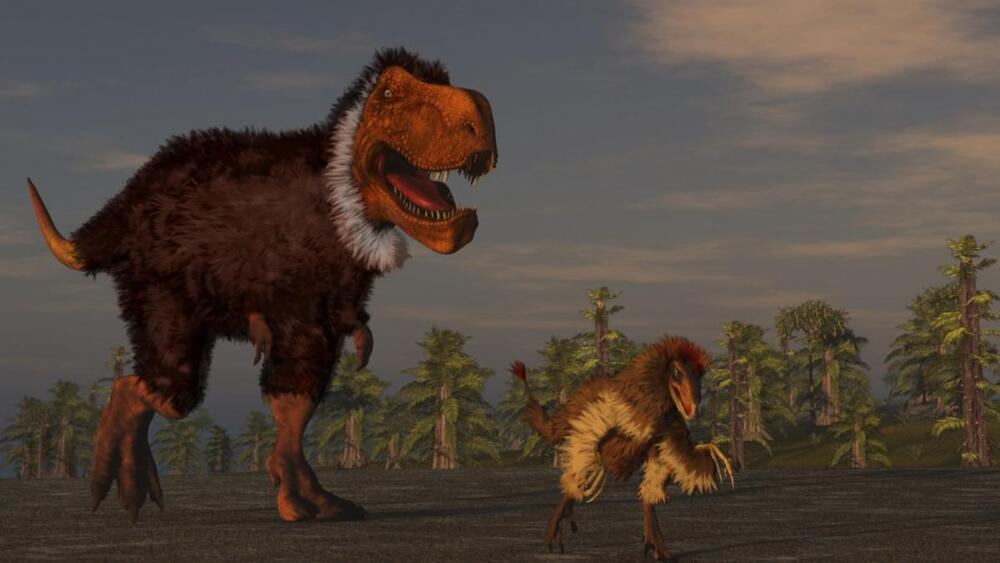
Could the sci-fi classic Dune offer solutions to climate change and desertification?
Today, planet Earth and civilization as we know it face a terrible crisis in the form of climate change. Thanks to the impact of urban sprawl, industrialization, commercial agriculture, and fossil-fuel emissions, we are experiencing a worldwide phenomenon of rising temperatures, rising sea levels, increased droughts and storms, wildfires, and “desertification.”
This last symptom refers to deserts expanding at their peripheries in response to diminished rainfall and hotter temperatures. Over time, this has the effect of destroying arable savannah and grasslands at the desert’s edge, which triggers drought, the destruction of farmland, and other vital infrastructure — not to mention the displacement of human populations.
Continue reading “Terraforming a Planet: Can Humans Stop Earth’s ‘Desertification’?” »

















